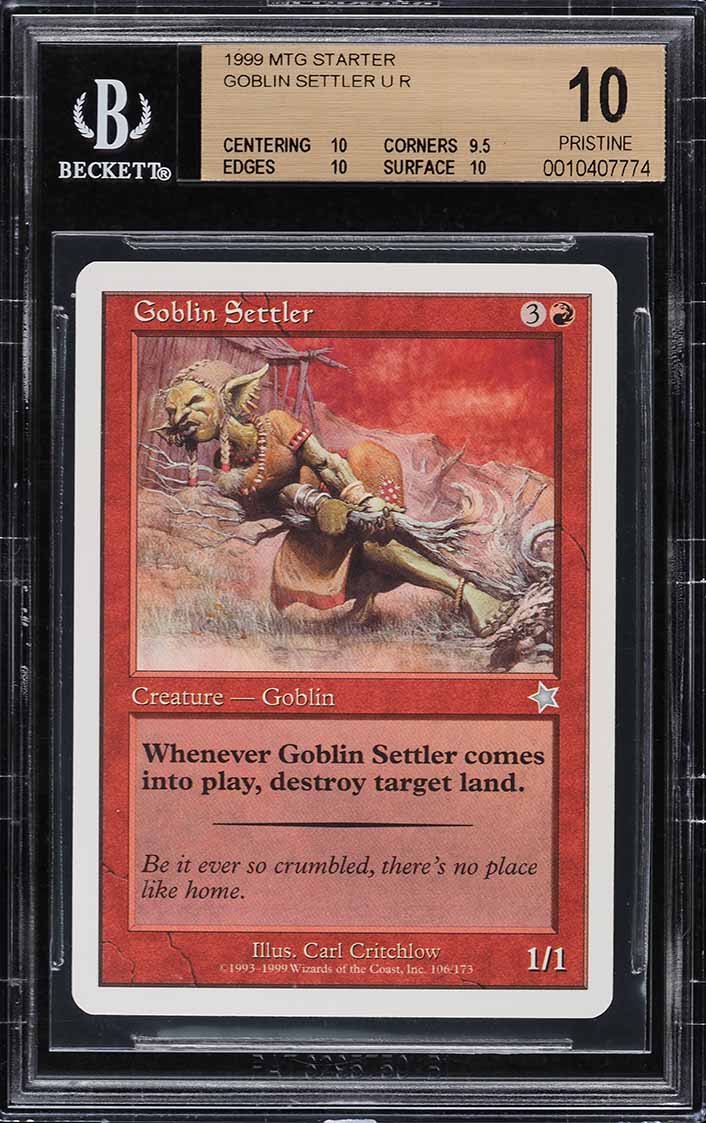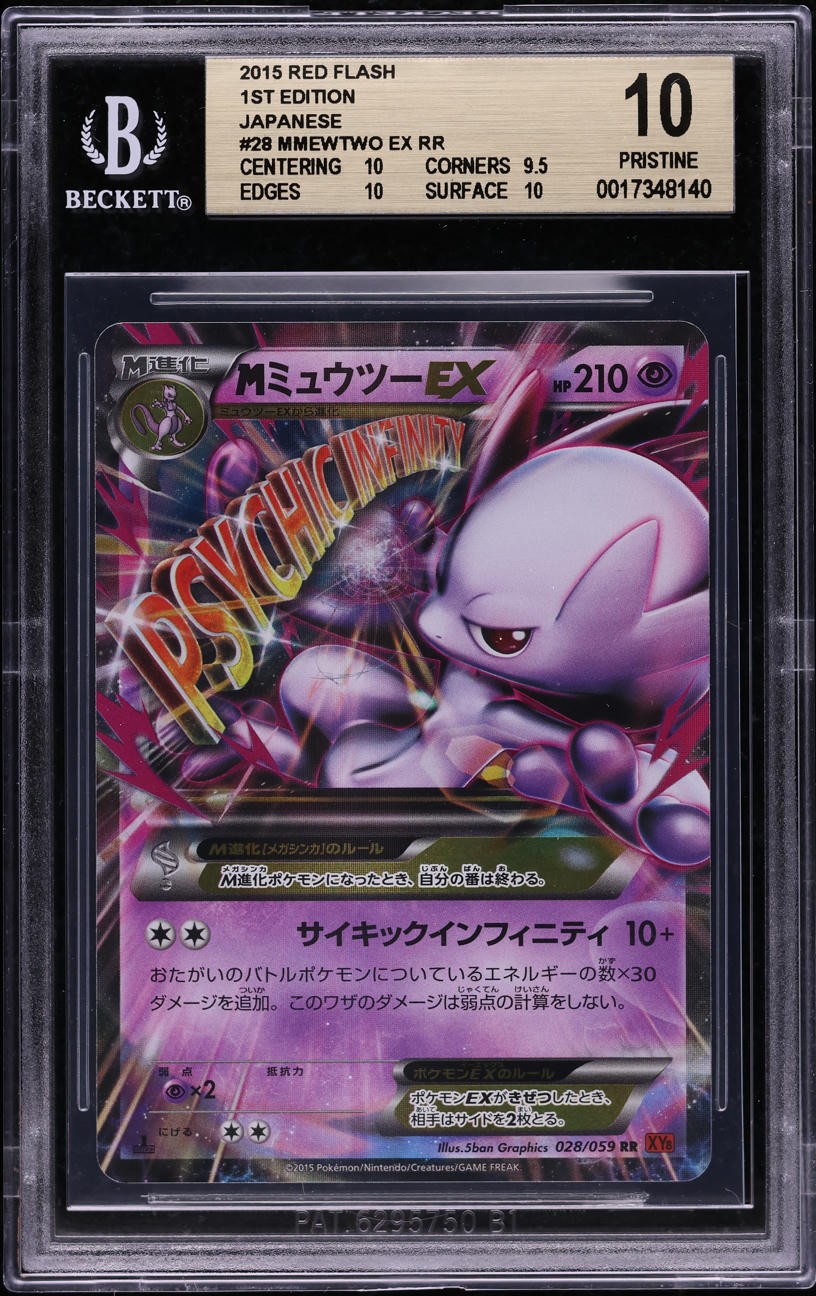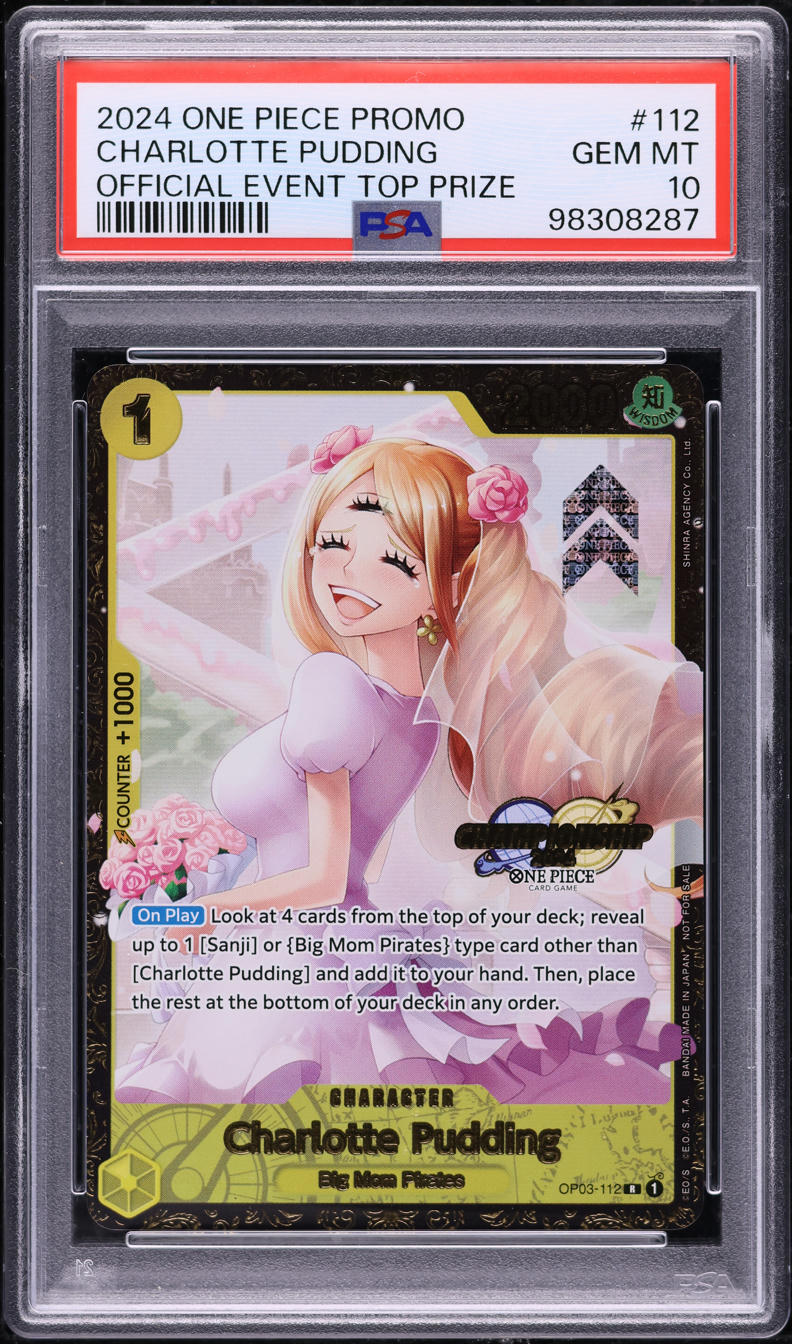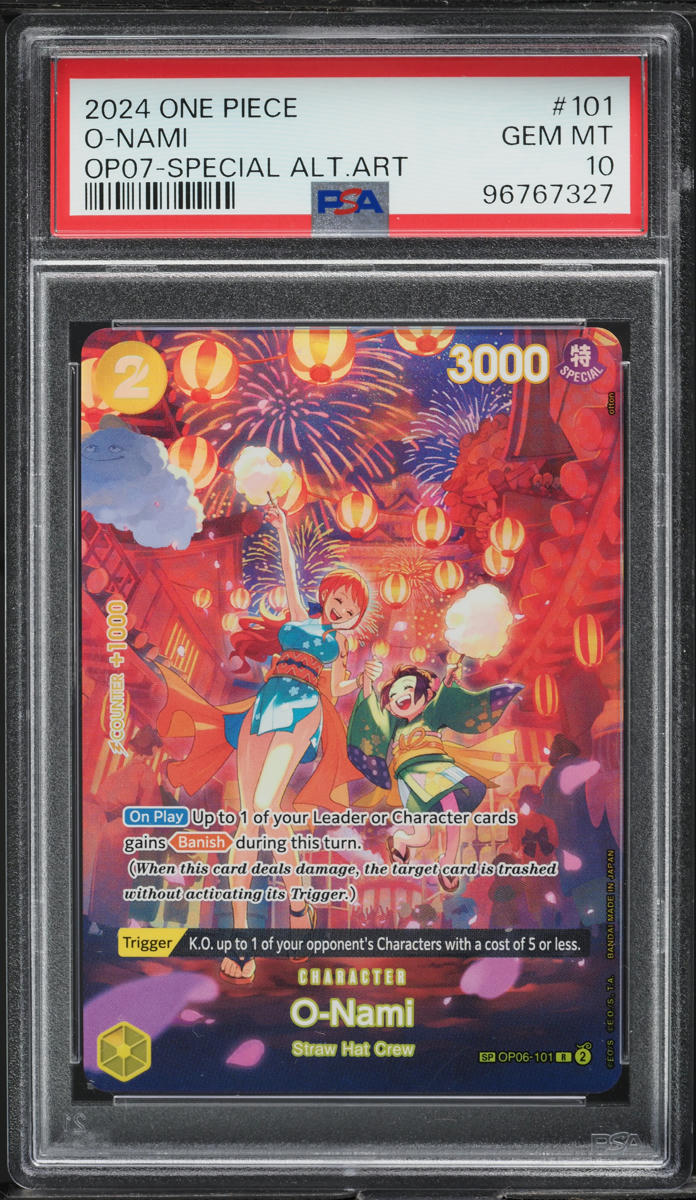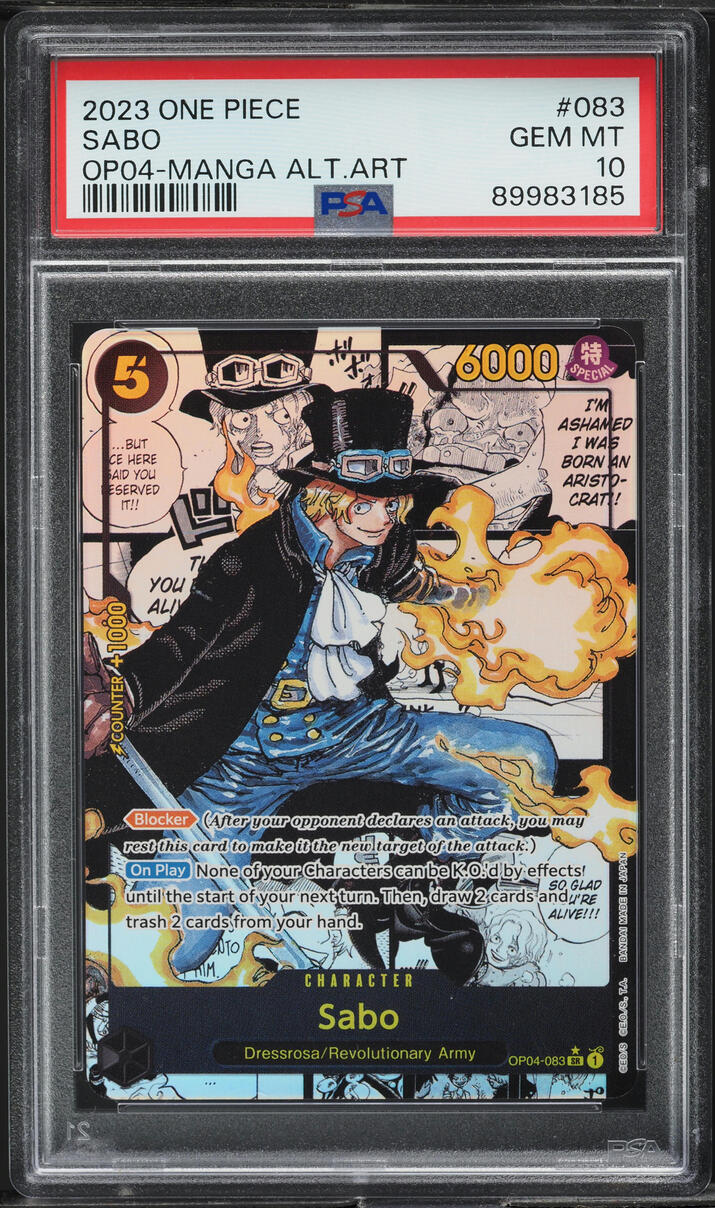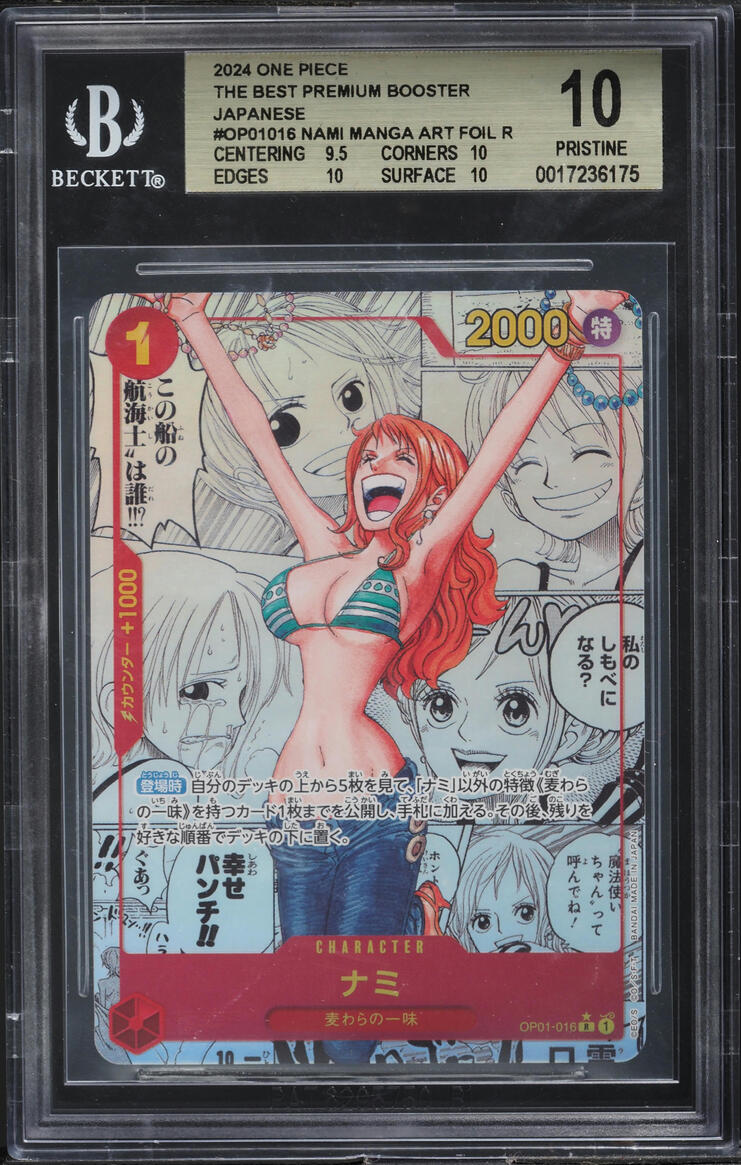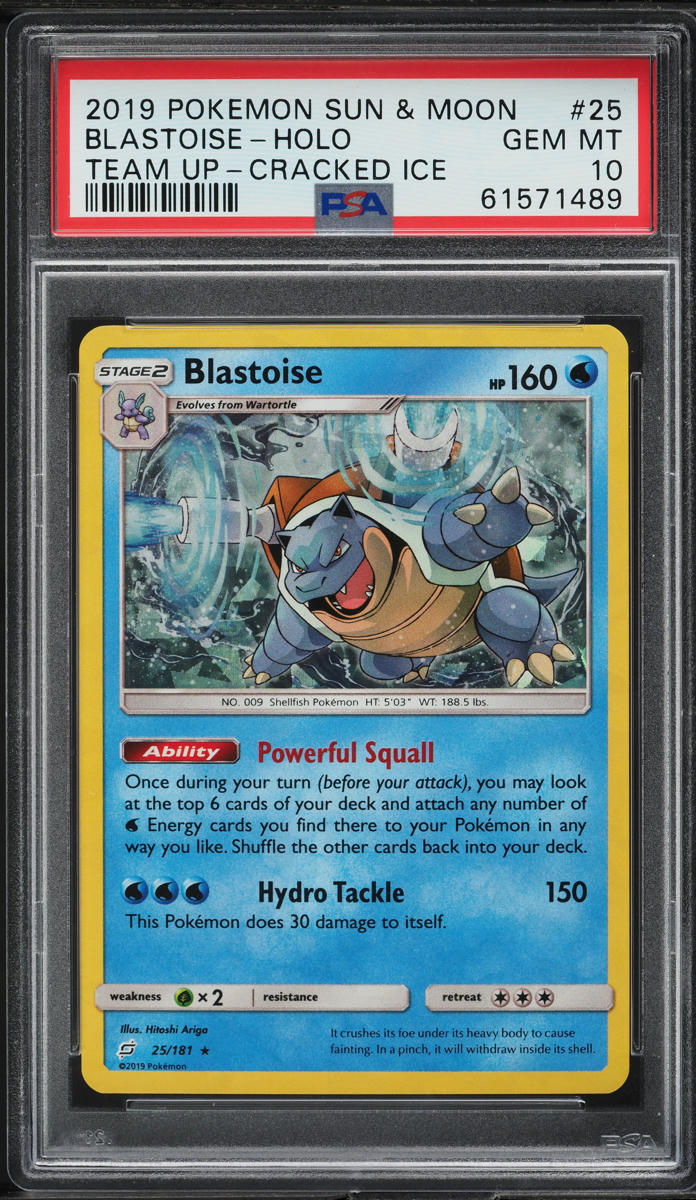 Photo by Erik Mclean on Unsplash
Photo by Erik Mclean on Unsplash
The Evolution of Card Collecting: From Hobby to High-Stakes Investment
Historical Context
The concept of card collecting dates back to the late 19th century, with baseball cards first appearing in cigarette packages as promotional items. Initially, these cards were ephemeral collectibles, often damaged or discarded. The turning point came in the mid-20th century when collectors began to recognize the potential value of preserving these pieces of cultural memorabilia.
Understanding Graded Cards: A Deep Dive
The Grading Process: Precision and Expertise
Professional grading involves a meticulous evaluation process conducted by specialized companies. The most prominent grading organizations include:
PSA (Professional Sports Authenticator)
- Industry leader in card grading
- Established in 1991
- Grades millions of cards annually
- Most recognized in the collecting community
BGS (Beckett Grading Services)
- Known for stringent grading standards
- Offers subgrades for different card attributes
- Popular among serious collectors and investors
CGC (Certified Guaranty Company)
- Originally known for comic book grading
- Expanded into trading card grading
- Gaining reputation for strict authentication
Grading Criteria: The Detailed Breakdown
Cards are evaluated across multiple dimensions:
Surface Condition
- Checks for print defects
- Examines color vibrancy
- Looks for scratches or wear
Centering
- Measures card's alignment within borders
- Precise measurements determine grade
- Perfect centering significantly increases value
Corners
- Inspects for sharpness
- Checks for rounded edges
- Evaluates potential wear or damage
Edges
- Examines border integrity
- Checks for chipping or wear
- Critical in determining overall card condition
Celebrity Influence: Transforming the Graded Card Market
Post Malone: The Pokémon Card Phenomenon
Post Malone's involvement in the card collecting world has been nothing short of revolutionary. His high-profile purchases have brought unprecedented mainstream attention to the hobby:
- 2020 Charizard Purchase
- Acquired a first-edition Charizard card for nearly $1 million
- Livestreamed the purchase on his social media
- Triggered massive interest in Pokémon card collecting
- Demonstrated the potential investment value of rare cards
Logan Paul: A Disruptive Force in Card Collecting
Logan Paul has become synonymous with high-stakes card collecting and investing:
- 2021 Milestone Purchase
- Bought a PSA Grade 10 Logan Paul Pokémon card for $5.275 million
- Created massive media buzz around card collecting
- Showcased the potential astronomical value of perfectly graded cards
Investment Strategies and Market Dynamics
Valuation Factors
The value of graded cards is determined by:
Rarity
- Limited edition prints
- First edition releases
- Historical significance
Condition
- Higher grades command exponentially higher prices
- Difference between a Grade 9 and Grade 10 can mean millions
Cultural Significance
- Cards featuring legendary athletes
- Iconic pop culture moments
- Emerging market trends
Market Performance
Recent data shows impressive returns:
Pokémon Cards
- 752% increase in value from 2019 to 2021
- Some rare cards appreciating faster than traditional investments
Sports Cards
- Vintage cards showing consistent long-term growth
- Modern rookie cards becoming significant investment vehicles
Emerging Trends in Graded Card Investments
Digital Authentication and Blockchain
The future of graded cards is increasingly digital:
- Blockchain verification for authenticity
- Digital certificates of ownership
- Potential for fractional ownership
- Enhanced tracking of card provenance
Generational Shifts
Younger investors are driving new market dynamics:
- Millennials and Gen Z embracing alternative investments
- Nostalgia-driven collecting
- Increased digital marketplace accessibility
Risks and Considerations
Investment Challenges
- Market volatility
- Authentication complexities
- Storage and preservation costs
- Potential speculative bubbles
Expert Recommendations
- Diversify your collection
- Research thoroughly
- Understand grading nuances
- Invest in proper preservation
- Consider long-term potential
The Broader Economic Impact
Graded cards have evolved beyond collecting:
- Alternative investment asset class
- Cultural preservation mechanism
- Intersection of nostalgia and finance
- Global marketplace with diverse participants
Steps for Aspiring Collectors and Investors
Education
- Understand grading standards
- Follow market trends
- Join collector communities
Initial Investment
- Start with modest purchases
- Focus on cards you're passionate about
- Gradually build expertise
Professional Resources
- Attend collector conventions
- Consult grading experts
- Utilize online marketplaces
Conclusion: The Future of Graded Cards
The graded card market represents a unique convergence of nostalgia, technology, and investment potential. Driven by celebrity influence, technological advancements, and a new generation of collectors, this market continues to evolve and surprise.
Final Caveat: While promising, always approach alternative investments with careful research and professional financial advice. The graded card market, like any investment landscape, carries inherent risks and requires informed decision-making.
Disclaimer: This article is for informational purposes only and should not be considered financial advice. Always consult with a qualified financial professional before making investment decisions.
 Trending
Trending
